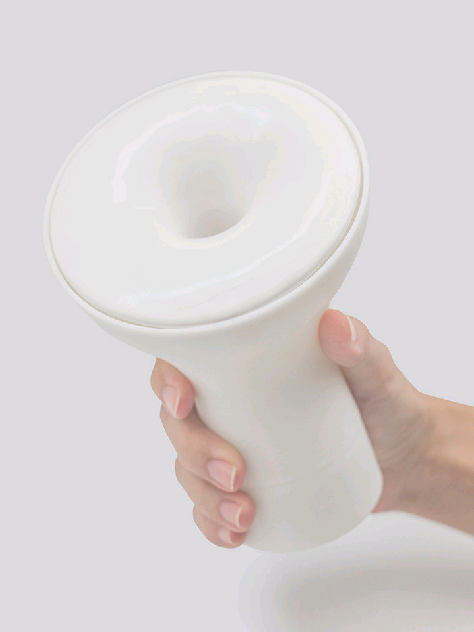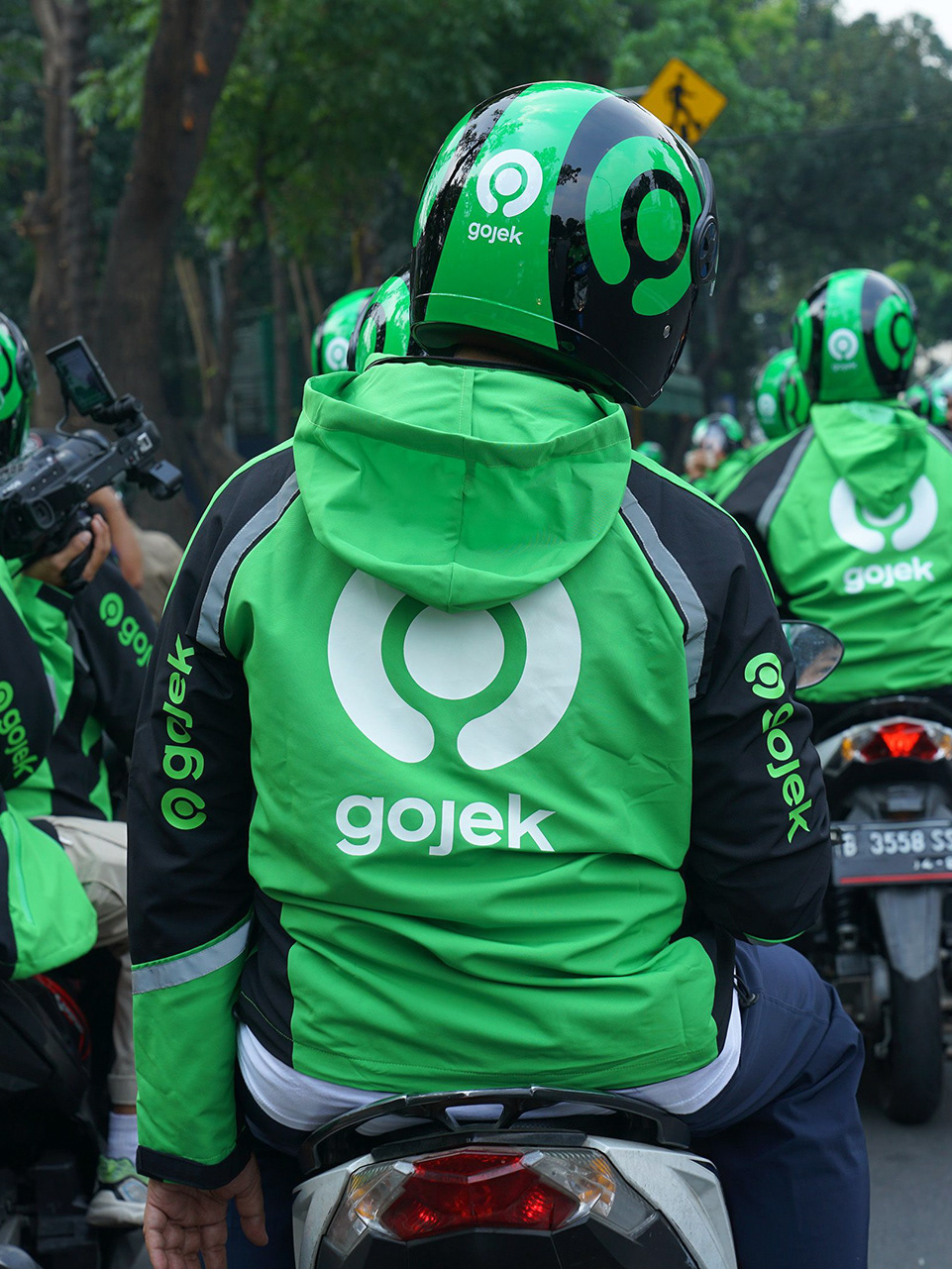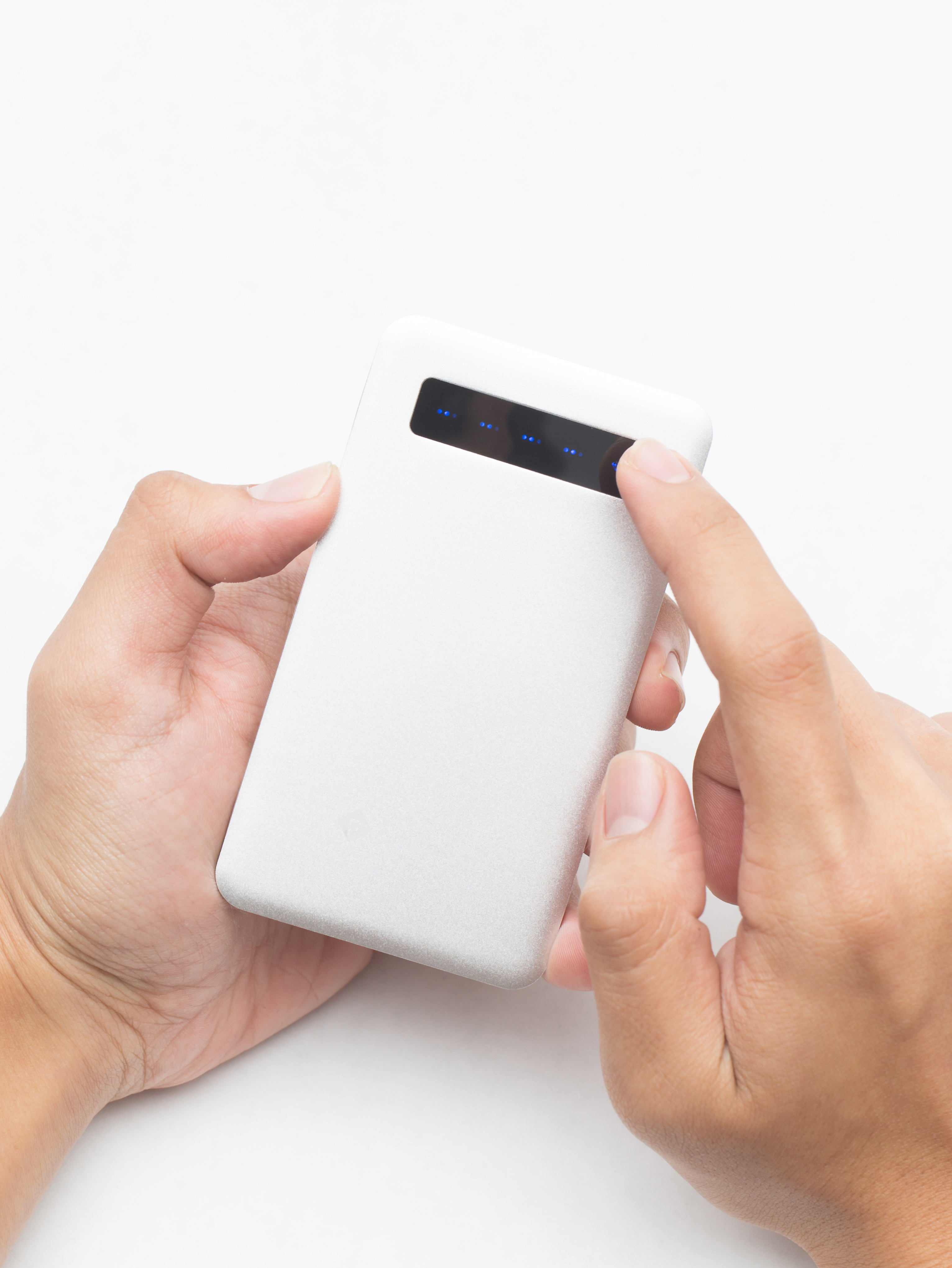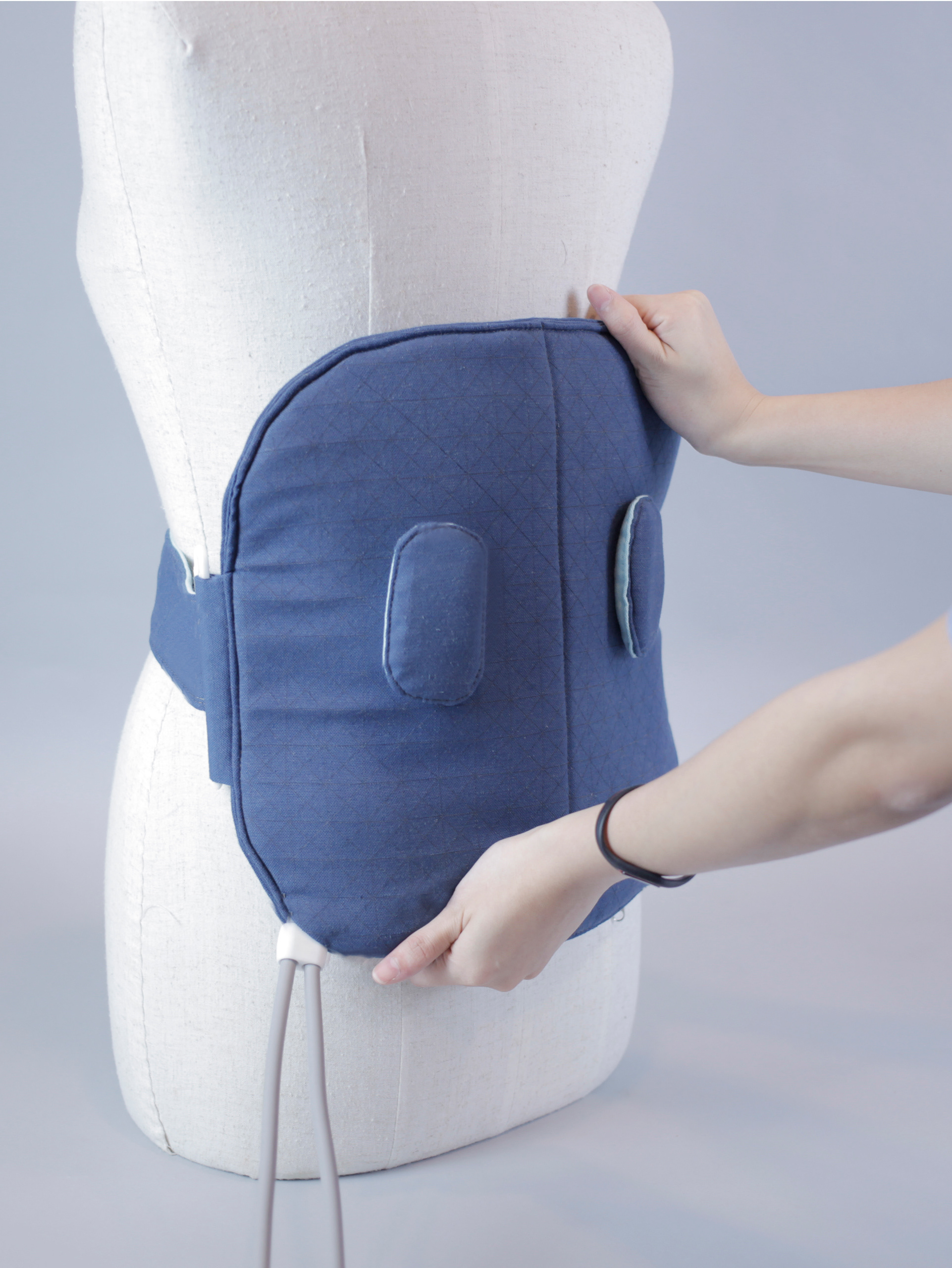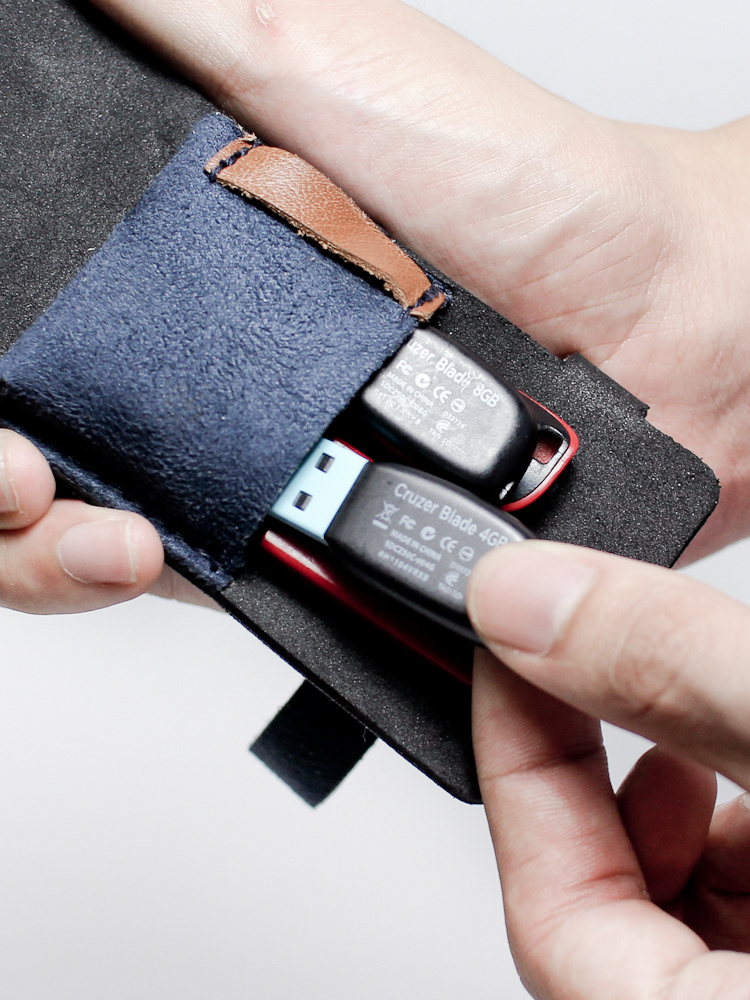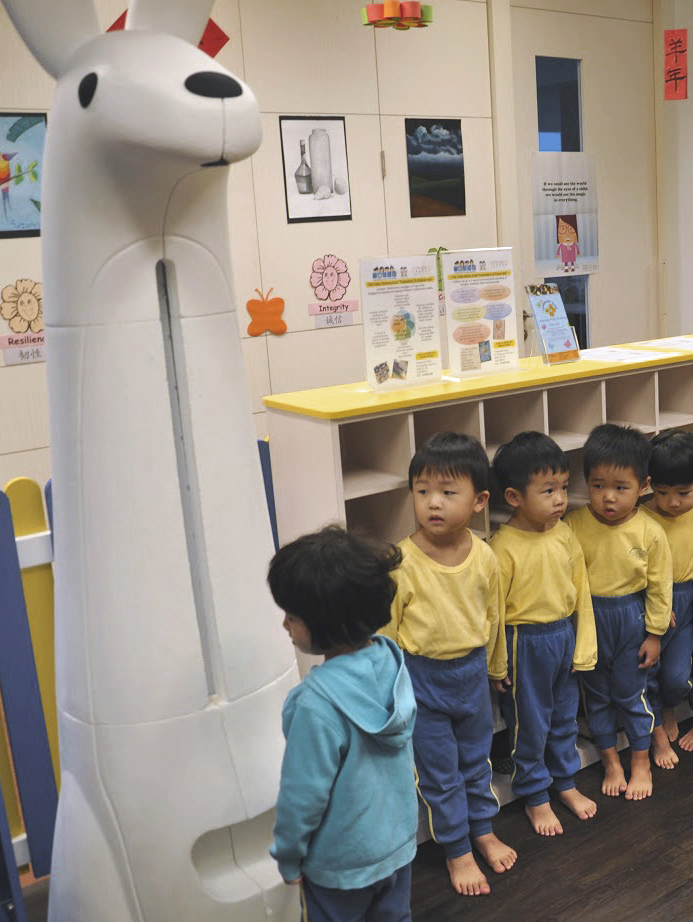ABOUT MARROWTAP
Marrowtap is a redesign of the bone marrow examination instrument that aims to achieve a safer and more efficient procedure. The introduction of a forceps needle and flesh guide serve to provide surgeons with better confidence in conducting the procedure. The forceps needle is able to grasp and remove the marrow sample before the main body of the instrument is removed from the patient, providing visual assurance and better error recovery in the procedure. The flesh guide ensures better stability in inserting the needle into the patient by serving as an anchor point to guide the drilling motion.
Patented Design " A Non-Motorized Bone Marrow Biopsy Instrument with Flesh Guide and Re-Insertable Fork-Tip Forceps Needle During the Process of Bone Marrow Extraction"
Shared Patent of NUS Division Of Industrial Design and NUH Haematology Department
INTRODUCTION TO THE BONE MARROW BIOPSY PROCEDURE
A bone marrow examination comprises an aspiration and a biopsy. A bone marrow aspiration is the collection of a sample of semi-liquid bone marrow using a syringe. A bone marrow biopsy is the collection of a sample of bone marrow core using a trephine needle. A good sample is a neat compact sample that is about 2cm long. These bone marrow samples are used to diagnose blood disorders. Bone marrow examination is a common surgery performed about 5 times daily in hospitals.
The procedure is usually performed at the PSIS (posterior superior iliac spine) , which is located at the back of the pelvic bone. The doctor will locate the site, administer local anesthesia, make an incision, and then insert the needle into site. The needle has to pass through the flesh and cortical bone before reaching the bone marrow.
THE PROBLEM OBSERVED
Having the opportunity to observe the operation first hand at NUH's operating theatre, we noticed that the patient was experiencing extreme pain due to the "ROCKING" motion caused by the ambiguity of breaking the bone marrow specimen in the needle.
Identifying the opportunity to explore a safer extraction of bone marrow specimen, we look at how the entire procedure can be made more safe and assuraing to both the doctors who is assessing the operation as well as the patients who is also partially conscious during the procedure.
Flesh guide to stabilise needle during needle plunge
As we understand the importance of positioning the needle safely at the start and during the procedure, we developed two unique features for Marrowtap in terms that holds and stabilise the needle during the insertion through the cortical bone with a flesh guide as well as a plunge guide to prevent the fork tip needle from shifting during the bone marrow collection.
Importance of plunge guide for concurrent insertion
Therefore we conclude that the concurrent insertion of the outer needle and the forked-tip needle is necessary in order to avoid crushing of the bone marrow specimen and to increase the chances of a successful extraction.
In total, we have concluded that Marrowtap should aim to address these three key areas of improvements which is lacking in other available biopsy instruments, they are lack of assurance, stability and confidence and error recovery.
With these areas improved, the procedure will be significantly made safer and more effective.
1. Lack of Assurance
Doctors currently use the method of rocking the needle to dislodge the sample from its main bone marrow core. We felt that this was quite brutal and dangerous, as not only does it cause more trauma to the flesh wound, there have also been incidents of needles breaking off.
We attributed the problem of rocking to the lack of visual assurance. doctors only rock the needle because they are afraid that no sample is obtained. The forceps needle is able the grasp the sample and allows them to remove the sample completely before the main needle is removed from the patient. they can check if a sample has been obtained, and if there is no sample, they can try again at the same site.
Forceps needle in two states: 1. (left) open state, to collect 2cm of marrow, 2. (right) closed state, grasps sample for extraction from patient
2. Stability & Confidence
Based on our interview with Dr Ng, we found out that young and inexperienced doctors tend to face the problem of their needle slipping off the organic surface of the bone. This is mainly due to their needle shifting a lot when using a twisting motion to drill into the bone.
We introduced the flesh guide to serve as an anchor point for the needle to enter the site in a stable and controlled manner. It prevents the problem of the needle slipping off the surface of the bone.
Flesh guide as an anchor point for better stability.
3. Error Recovery
Having to re-do the whole procedure just because no biopsy sample was obtained the first time is inefficient. one procedure usually takes about 20 mins - 1hour inclusive of preparation time, and if the procedure needs to be repeated, it would take twice as long. This is not only uncomfortable for the patient, it is also very time consuming on the doctors’ busy schedules.
Marrowtap allows doctors to remove the specimen with the forceps needle before the outer hollow needle is removed from the patient's body. In the event that no specimen is obtained, doctors can reinsert the forceps needle into the same spot, eliminating the need to repeat the whole procedure and puncturing another hole in the patient.
Removing the sample with forceps needle.
Testing on animal bone
Besides testing on a testkit that resembles the human bone, we also tested Marrowtap on an animal bone to evaluate the effectiveness of it when used on bone similar to that of humans.
Testing the forceps needle with an animal bone.
VIDEO
The patent-pending device is a joint effort with Singapore product design firm Xentiq, which gives professional design development and prototyping advice. Support and testing feedback come from Associate Consultant Dr Ng Chin Hin from the Department of Haematology Oncology at NUH. The NUS Medical Engineering Research and Commercialisation Initiative (MERCI) is conducting numerous clinical trials to assist in the product’s commercialisation process.
A project supervised by Dr Yen Ching Chiuan , Mr Ulrich Schraudolph and Mr Felix Austin
The project has been published on the university's newsletter in July 2014, recognising the success of the project with the joint efforts from the collaborators and designers.
